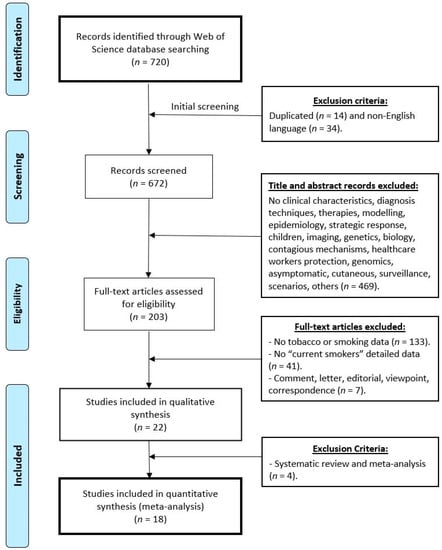

Note that the power of both methods to detect bias will be low with small numbers of studies. Publication biasĪll MedCalc's meta-analysis reports include two tests to detect possible publication bias: Egger's test (Egger et al., 1997) and Begg's rank test (Begg and Mazumdar, 1994).Įgger's test is a test for the Y intercept = 0 from a linear regression of normalized effect estimate (estimate divided by its standard error) against precision (reciprocal of the standard error of the estimate).īegg's test assesses if there is a significant correlation between the ranks of the standardized effect sizes and the ranks of their variances.įor both tests, when the (two-sided) P-value is low, this is an indication of publication bias. A value of 0% indicates no observed heterogeneity, and larger values show increasing heterogeneity (Higgins et al., 2003). Negative values of I 2 are put equal to zero so that I 2 lies between 0% and 100%. It is calculated as I 2 = 100% x (Q - df)/Q, where Q is Cochran's heterogeneity statistic and df the degrees of freedom. I 2 is the percentage of observed total variation across studies that is due to real heterogeneity rather than chance. Conversely, Q has too much power as a test of heterogeneity if the number of studies is large. This test however is known to have low power to detect heterogeneity and it is suggested to use a value of 0.10 as a cut-off for significance (Higgins et al., 2003). It is reported with a P value with low P-values indicating presence of heterogeneity. Q is the weighted sum of squares on a standardized scale. When heterogeneity is present (see below) the random effects model should be the preferred model. with wider confidence interval), but the results from the two models usually agree when there is no heterogeneity. The random effects model will tend to give a more conservative estimate (i.e. Under the random effects model the true effects in the studies are assumed to vary between studies and the summary effect is the weighted average of the effects reported in the different studies (Borenstein et al., 2009). Under the fixed effects model, it is assumed that the studies share a common true effect, and the summary effect is an estimate of the common effect size. The agreement or disagreement between the studies is examined using different measures of heterogeneity. a relative risk (risk ratio) or risk difference, suitable for analyzing prospective studies.an odds ratio, suitable for analyzing retrospective studies.Studies with smaller standard error and larger sample size are given more weight in the calculation of the pooled effect size. The weighing is related with the inverse of the standard error (and therefore indirectly to the sample size) reported in the studies.

A meta-analysis integrates the quantitative findings from separate but similar studies and provides a numerical estimate of the overall effect of interest (Petrie et al., 2003).ĭifferent weights are assigned to the different studies for calculating the summary or pooled effect.


 0 kommentar(er)
0 kommentar(er)
